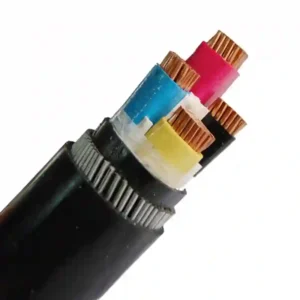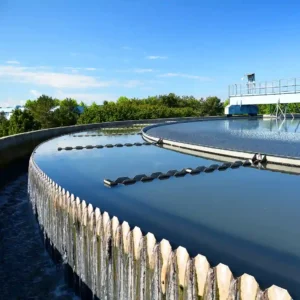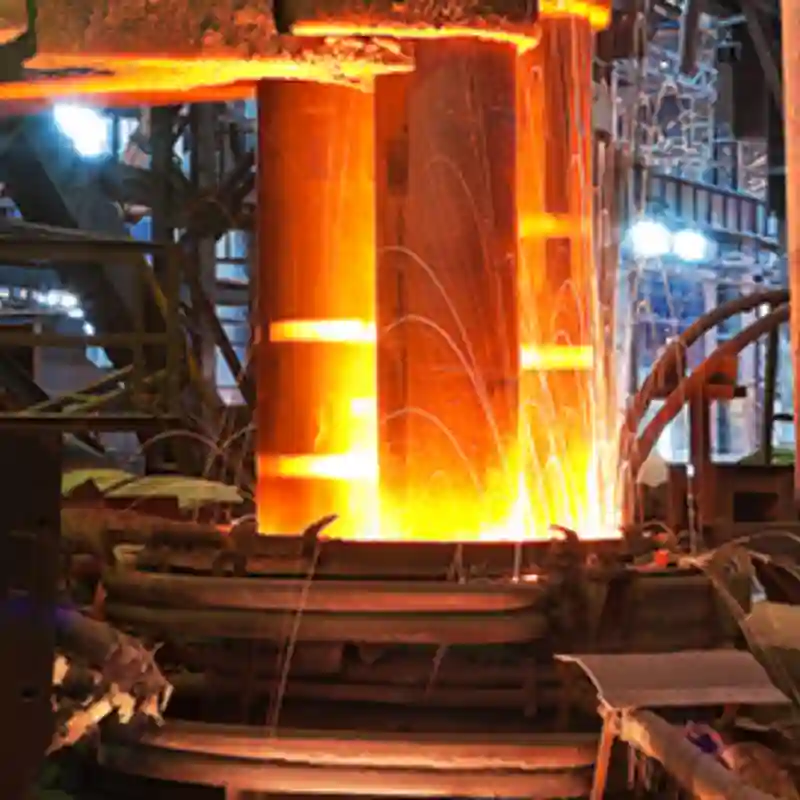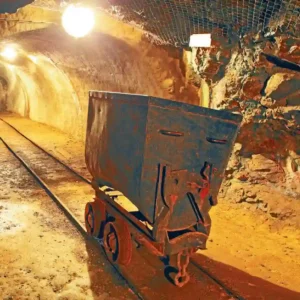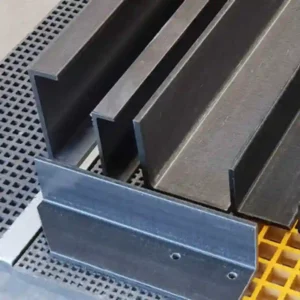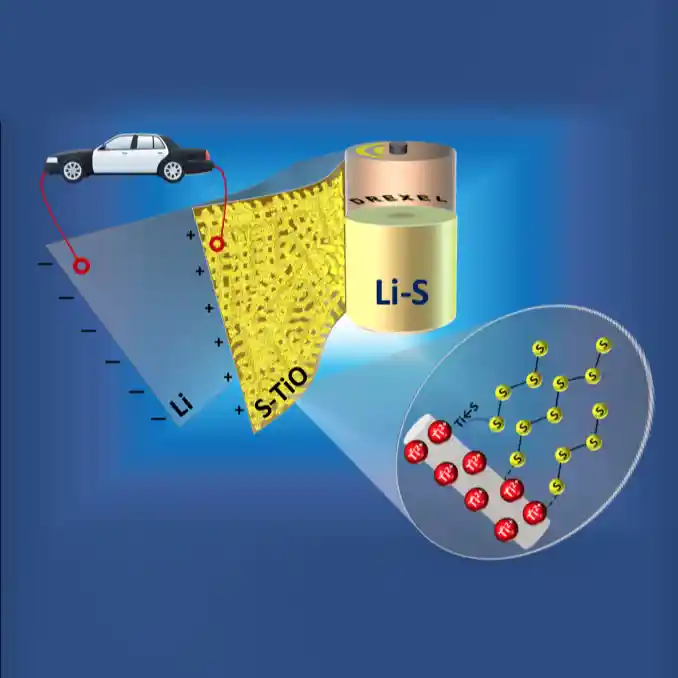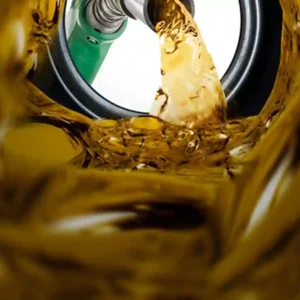Hebei Messi Biology Co., Ltd. produces high purity magnesia(magnesium oxide, magnesium hydroxide), magnesium carbonate and magnesium sulfate used worldwide in numerous applications areas.
Magnesium forms many compounds. The oxide, hydroxide, chloride, carbonate, and sulfate are commercially important. They are used in ceramics, cosmetics, fertilizers, insulation, leather tanning, and textile processing. Epsom salts (magnesium sulfate heptahydrate, MgSO4·7H2O), milk of magnesia (magnesium hydroxide, Mg(OH)2), and citrate of magnesia are used in medicine. Magnesium reacts with organic halides to form the Grignard reagents of organic chemistry.
Messi Biology manufacturer is a specialist in the magnesium oxide industry which produces high purity magnesia(magnesium oxide, magnesium hydroxide), magnesium carbonate and magnesium sulfate used worldwide in different applications.
High Grade Magnesia Production
Historically, and due principally to the small size of most known cryptocrystalline deposits, production of high grade magnesia products was mainly by extraction from natural brines or seawater (synthetic MgO), a high cost and energy intensive process. High quality deposits, provide an alternative source of supply to the high cost seawater-sourced magnesia.
Uses of Fused Magnesia
Magnesia products (calcined, deadburned and fused) are widely used in a range of market applications.
Calcined Magnesia
Is used in agricultural and industrial applications, eg, as a feed supplement to cattle, fertilisers, electrical insulations, industrial fillers, and in flue gas desulphurisation.
Dead-burned Magnesia
Is used almost exclusively for refractory applications in the form of basic bricks and granular refractories. Deadburned magnesia has the highest melting point of all common refractory oxides and is the most suitable heat containment material for high temperature processes in the steel industry. Basic magnesia bricks are used in furnaces, ladles and secondary refining vessels and in cement and glass making kilns.
Fused Magnesia
Fused magnesia is superior to dead burnt mag oxide in strength, abrasion resistance and chemical stability. Major applications are in refractory and electrical insulating markets. Producers of fused magnesia commonly fall into one of two categories: those producing refractory grades and those producing electrical grades. Few producers serve both markets on a mainstream basis.
Refractory Grade Fused Magnesia
The addition of fused magnesia grains can greatly enhance the performance and durability of basic refractories such as magcarbon bricks. This is a function of a higher bulk specific gravity and large periclase crystal size, plus realignment of accessory silicates. Refractory grade fused magnesia has exacting specifications and is normally characterised by the following:
• Generally high magnesia content (minimum 96 per cent MgO and up to/exceeding 99 per cent MgO)
• Low silica; lime:silica ratios of 2:1
• Densities of 3.50 g/cm3 or more
• Large periclase crystal sizes (>1000 microns)
Due to its excellent corrosion resistance, refractory grade fused magnesia is used in high wear areas in steel making, eg, basic oxygen and electric arc furnaces, converters and ladles.
Ultra high purity (>99 per cent MgO) grades have been used in high-tech applications such as optical equipment, nuclear reactors and rocket nozzles.
Electrical Grade Fused Magnesia
Fused magnesia is also used as an electrical insulating material in heating elements. Although electrical grades of fused magnesia have very tight specifications, they do not necessarily require the highest MgO contents or densities. Impurities such as sulphur and iron are particularly undesirable, but the product should contain sufficient silica to enhance its electrical properties. The following are characteristic of electrical grade fused magnesia:
• Low levels of boron, sulphur, iron and trace elements.
• Lime: silica ratios of 1:2 (opposite to refractory requirements).
• Used as electrical insulating material in ceramic sheaths for heating elements.
Producers manufacture three categories of fused magnesia, each related to the environment of application:
• High Temperature (up to and in excess of 950°C) requiring high purity fused magnesia of 94-97 per cent MgO and low silica and calcium contents, eg, for stove grills.
• Medium Temperature (up to 800°C) with magnesia contents of 93-96 per cent MgO, eg, for elements in ovens.
• Low Temperature (<600°C) with <90 per cent MgO, eg, immersion elements.
Electrical grade cements can be produced by blending electrical grade fused magnesia and plasticisers and hardeners for use in hot plates, toasted sandwich makers and electric irons. Electrical grade fused magnesia can be given a uniform silicon coating for greater resistance to moisture absorbance during heating element manufacture; this also improves the cold insulation resistance of low duty elements exposed to conditions of humidity. Electrical grade magnesia is tested for its electrical and thermal properties, eg, high electrical resistivity and high thermal conductivity.
Fused Magnesia Production Process
Magnesite (magnesium carbonate MgCO3) is converted into magnesia by the application of heat which drives off carbon dioxide (CO2), thereby converting the carbonate to the oxide of magnesium (MgO).
Magnesite, from both natural sources (primarily magnesite) and synthetic sources (seawater, natural brines or deep sea salt beds), is converted into caustic calcined magnesia by calcining to between 700°C and 1000°C, driving off 96-98 per cent of the contained carbon dioxide. Caustic calcined magnesia is both an end product and an intermediary step in the chain of magnesia products.
Related Stories
Further calcining of magnesite at higher temperatures between 1750-2200°C results in the largely inert product, deadburned magnesia. Heating to this level drives off all but a small fraction of the remaining carbon dioxide to produce a hard crystalline non reactive form of magnesium oxide known as periclase. Deadburned magnesia exhibits exceptional dimensional stability and strength at high temperatures.
Fused magnesia is produced in a three phase electric arc furnace. Taking high grade magnesite or calcined magnesia as raw materials, 12 hours is required for the fusion process at temperatures in excess of 2750°C. The process promotes the growth of very large crystals of periclase (>1000 microns compared with 50-100 microns for dead burned magnesia) with a density approaching the theoretical maximum of 3.58g/cm3.
In fused magnesia production, the main constraints on capacity are the size and number of electric arc furnaces, and the cost of energy. The manufacture of fused magnesia is very power intensive with electricity consumption varying between 3500-4500 kWh/tonne; fused magnesia producers often quote total capacity based on utilising off peak power.
Raw Materials
Commercially acceptable magnesite should contain at least 95% MgCO3. The most important magnesite deposits in New South Wales, Australia are located at Thuddungra (about 30 km northwest of Young). Other known deposits are located at Fifield (northwest of Condobolin), Lake Cargelligo and Attunga; these are smaller and less pure than the Thuddungra deposits.
Electrical grade magnesia (EGM) powder is used as electrical insulation filler between the coil and the outer sheath of the heating elements, due to its thermal conductivity and high electrical resistivity at elevated temperatures.
We are offering Technical/Reagent Grade Magnesium Oxide to our clients.
Some of the application areas are as follows:





